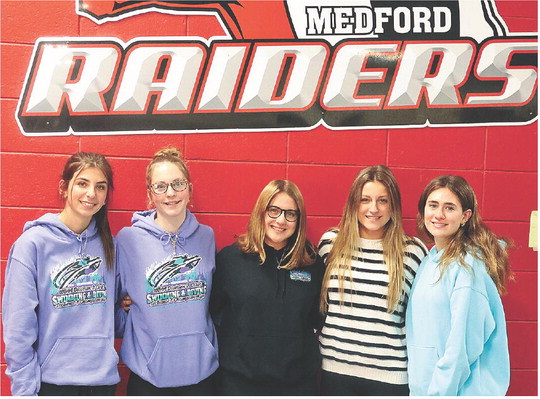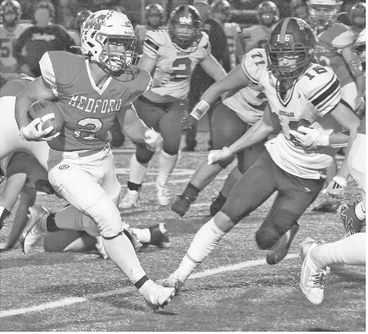DNR encourages public to submit feedback for the 2023 deer season
Survey open April 8-16; Local CDAC meets May 1
The Wisconsin Department of Natural Resources (DNR) is seeking public comments for the 2023 deer season, including harvest quotas and other key parts of deer management as part of the annual County Deer Advisory Council (CDAC) process.
The public comment period is open April 8-16.
Annually, each county’s CDAC meets to provide input and recommendations to the DNR on deer management within their area, based on deer herd metrics, county deer population objectives and the public feedback they receive.
Information on each county’s harvest and population metrics can be found on the Wisconsin Deer Metrics System (https://dnr.wisconsin.gov/topic/WildlifeHabitat/ deermetrics.html). These recommendations are reviewed and set annually so they can be adjusted as needed in response to the previous year’s deer harvest, winter severity and other factors and put into effect for the upcoming deer hunting season.
Following the CDAC process, the DNR will bring its recommendations for the 2023 season to the Natural Resources Board for review on June 21.
In 2022, Taylor County deer hunters had one of their best seasons of the past decade. The 6,174 total deer registered was the most since 6,762 were taken in 2013 and was six more than the 6,168 harvested in 2020. It was well ahead of the 2021 total of 5,352 deer. Of that total, 3,114 were bucks, up from 2,686 the year before, and 3,060 antlerless deer, up from 2,666 in 2021.
By weapon, gun hunters took 4,470 deer, up from 3,754 in 2021 and, again, the highest total since 2013 when 5,003 deer were taken with firearms. The last time 4,000 deer were shot by gun hunters was 2018 when 4,026 deer were registered. Slight increases were also noted over 2021 by crossbow and archery hunters.
The overall harvest on private lands went up to 5,398 deer after 4,686 deer were taken in 2021 and 5,462 deer were registered in 2020. The overall harvest on public land was 776 deer (416 bucks, 360 does), up from 666 in 2021 and 706 in 2020.
Last year, Taylor County’s Deer Advisory Council recommended 1,200 public land and 10,000 private land antlerless authorizations for purchase. The public tags sold out quickly and 288 were filled for a 24% success rate. The private land tags did not sell out for the second straight year. There were 7,895 tags purchased and 2,136 were filled for a 27.1% success rates. Success rates for both land types went up noticeably from 2021, when 17.3% of public tags and 24.5% of private tags were filled.
The deer metrics system shows a posthunt deer population estimate of 34,547 in Taylor County, up from 28,722 following the 2021 hunt.
Online comment period
The DNR welcomes comments from anyone interested in helping shape local deer herd management preferences during the online comment period. The received comments will be considered by the local CDACs in the creation of their recommendations for the DNR.
The survey link will be available on the County Deer Advisory Council webpage (https://dnr.wisconsin.gov/topic/ Hunt/cdac) when the comment period opens on Saturday, April 8.
Attend CDAC meeting
The public is also encouraged to attend their local CDAC meeting to join the discussion about local deer management and provide input on deer season details. Councils review current county data on fawn to doe ratios, harvest trends, herd health as well as deer impacts on agriculture, forest health, economics and vehicular collisions and the overall deer hunter experience.
CDAC meetings will take place April 24-May 4 and can be attended in-person or virtually. Check the meeting schedule and location (https://widnr.widen. net/s/tvvqtpn8kx/statewidecdacmeetings) for details on your CDAC meeting.
Taylor County’s in-person meeting is set for Monday, May 1 at 7 p.m. in the Medford Area Senior High library. The Zoom information is available at the above webpage for those who wish to attend virtually.
The public can submit questions about the process to DNRCDACWebMail@wisconsin. gov. More information is available on the DNR’s County Deer Advisory Councils webpage.





